Meet Matthew and Cherie, a couple in their 30s who embarked on a journey to transform a house into a home. Sharing their story on Instagram (@ourwalnutcorner), they’ve crafted a home with the foresight to embrace change, growth, and the myriad moments that compose family life. As we peel back the layers of their home’s transformation, we uncover the thoughtful considerations, the playful negotiations, and the shared dreams that guided their journey.

Tell us a bit about yourself.
Hello there! We are Matthew and Cherie, both in our 30s, and we are blessed with a lovely daughter. Matthew works in the media production industry and I am in the social service space, specialising in disability work. We have been living in our home for the past 3 years now and I must say we are total homebodies!
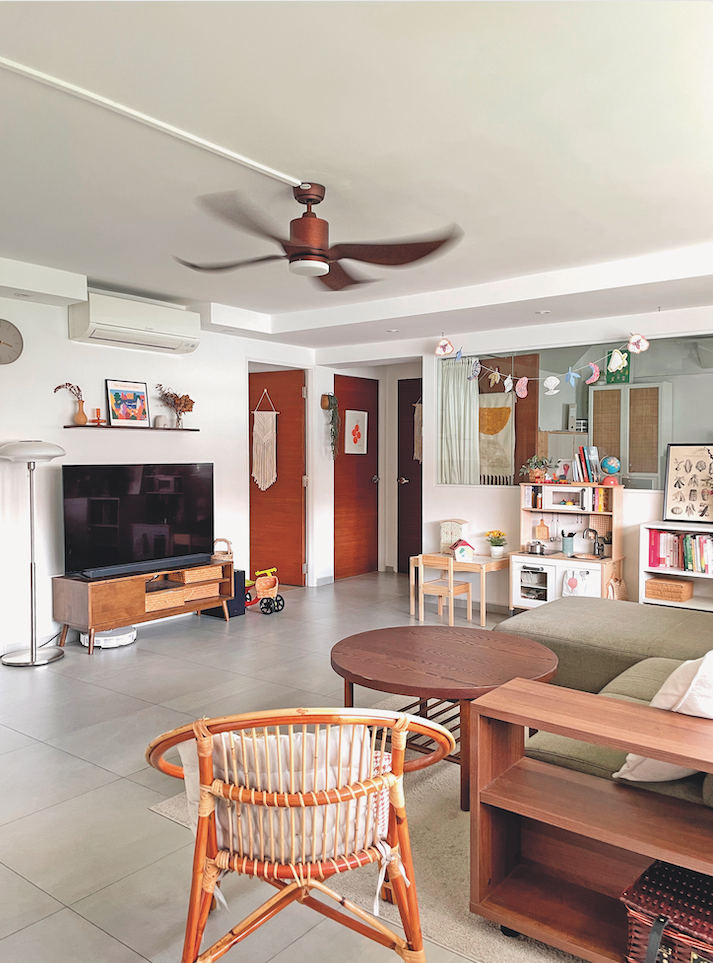
What initial vision or goals did you have for your family home, and how did you come to agree on them?
From the get-go, we had many open conversations of what we envisioned our space to be and what would turn our house into a home. From there, we developed a clear idea of what our space would embody – a sanctuary where we could unwind and spend lots of quality time together. We aimed for a timeless design that could take us through different life stages.
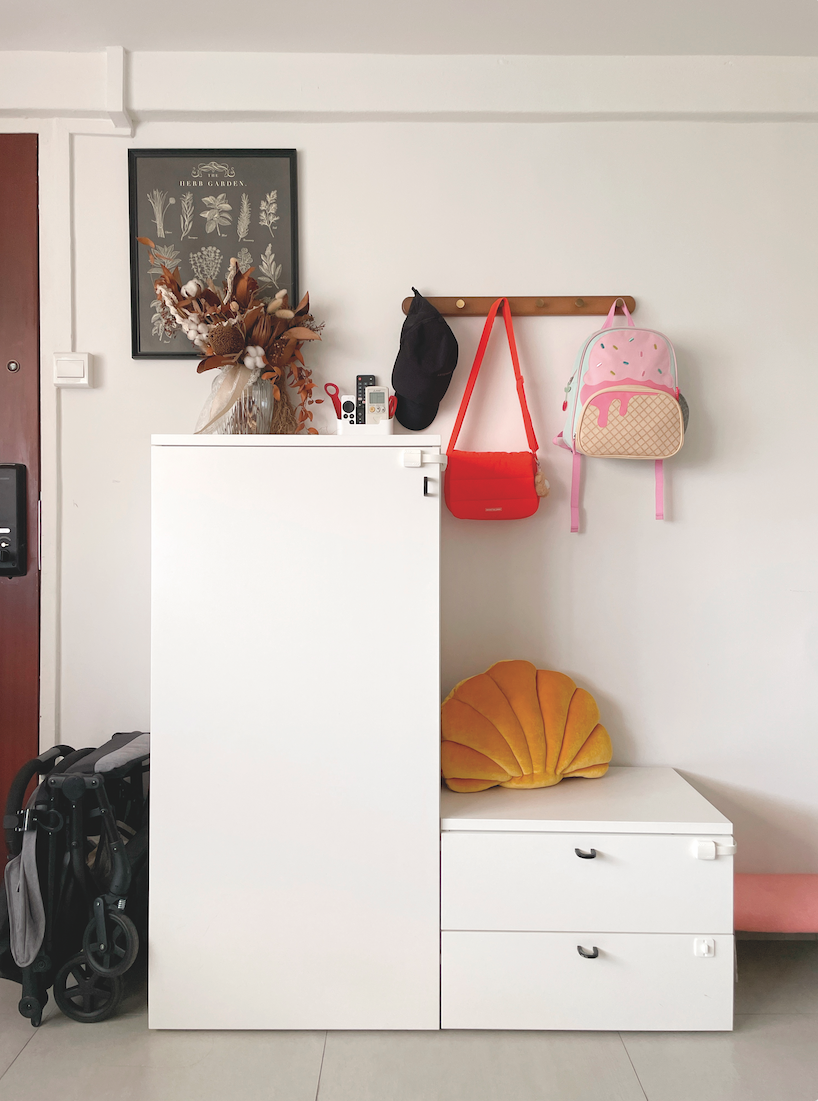
How did you ensure the home design catered to both the adults’ and child(ren)’s needs? Can you share how you balanced practicality with aesthetics?
Matthew leans towards a bolder and quirkier style, featuring statement pieces, vibrant colours and interesting geometric shapes. I prefer a more muted palette with pops of pastel colours and softer silhouettes. We knew we wanted a space that was inviting for little children. However, children’s items tend to be bulky and colourful, which can easily make the space feel overwhelmingly messy and overstimulating. Hence, we were quite careful in balancing everyone’s preferences and needs. This brings us to what we have today! Overall, we kept the large components, such as walls and floors, neutral – featuring lots of whites, greys and wood tones. This acted as a toned-down backdrop, allowing us to add pops of colour and personality later on!
Of course, when our little one came along, we had to tweak some decor choices, such as removing large plants and floor floral jars. Instead, we opted for vertical decoration where our child can’t reach – think hanging plants, styling a sideboard and decorating floating shelves.
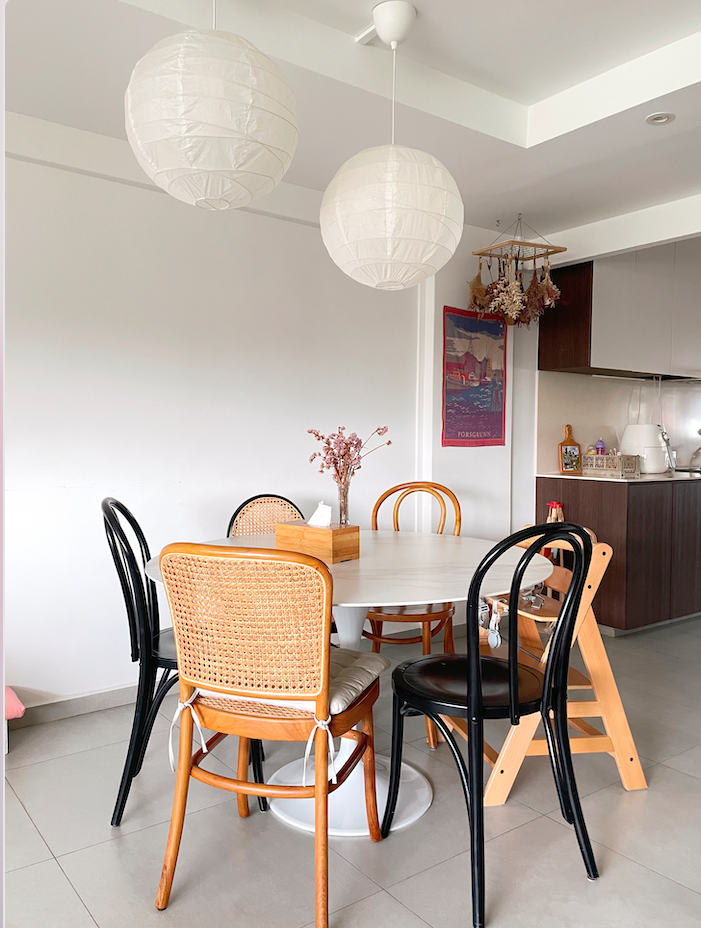
What philosophy guided you in designing shared spaces where the family can spend time together? How do these spaces promote bonding?
We value communal spaces, which is why we chose a round dining table to foster gathering and conversation during meals. Similarly, our living area is designed to be open and flexible, offering a variety of seating options to suit different activities and guests.
Placing furniture around a central open space further encourages fun family activities, ensuring everyone stays engaged and connected. Often, our toddler enjoys running around and playing with her toys in this open space. At other times, we attach mahjong paper to the walls for large-scale artwork, or we roll out a mat for some exercise time!
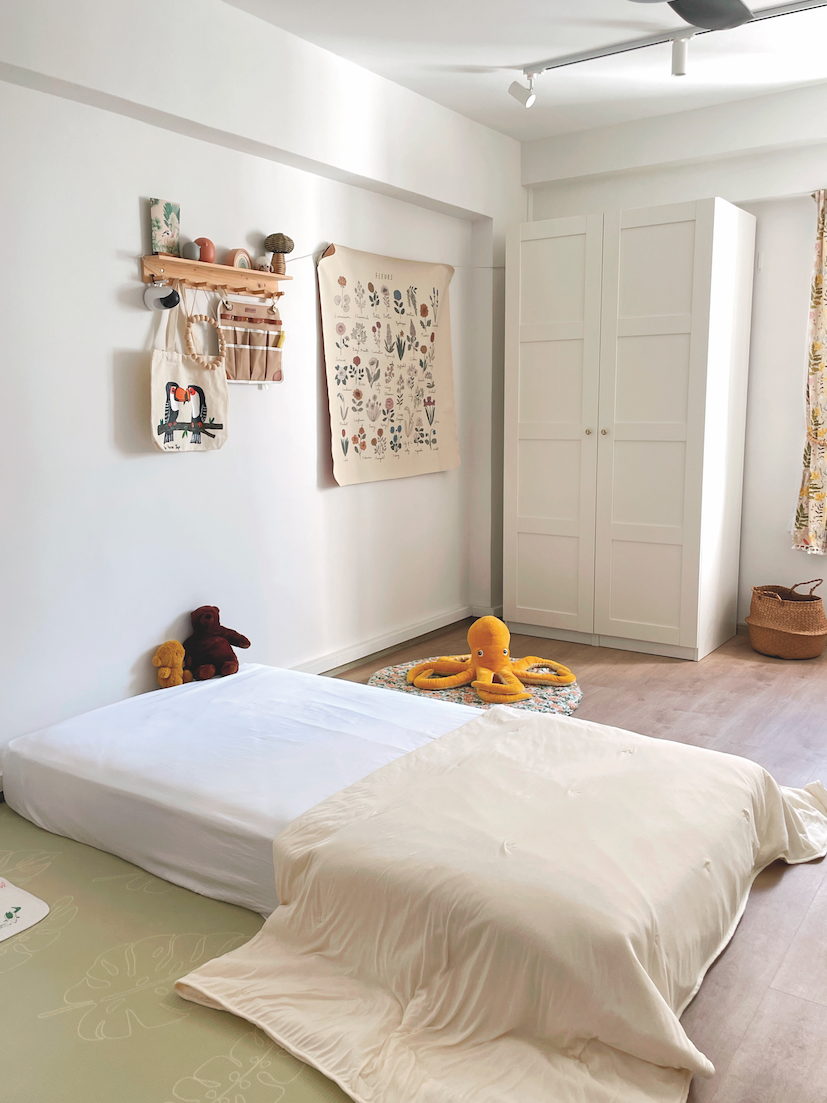
What measures did you implement to make your home child-friendly and safe, while still keeping it stylish and adult-friendly?
We take a two-pronged approach for this.
First, we prioritise the safety of our space, as prevention is key. We constantly monitor her habits and interests to identify safety issues, which involves removing potential hazards and investing in child-proofing measures. For instance, we have removed breakables within reach, covered exposed powerpoints, and installed cabinet latches.
At the same time, we actively teach our daughter to navigate our home safely. While we proactively create a safe and child-friendly environment, we also believe in the ability of children to learn quickly and adapt to their surroundings. Over time, and with intentional teaching from a young age, she has naturally learned how to move around our home without getting hurt.
Creating a child-friendly space does not mean we have to sacrifice style. In fact, a child-friendly home can be beautiful too! For example, our low, round coffee table is both aesthetically pleasing and child- friendly. It does not have sharp edges, and its shape adds visual interest to our home. As a family, we enjoy sitting on the floor and on rugs often as well!
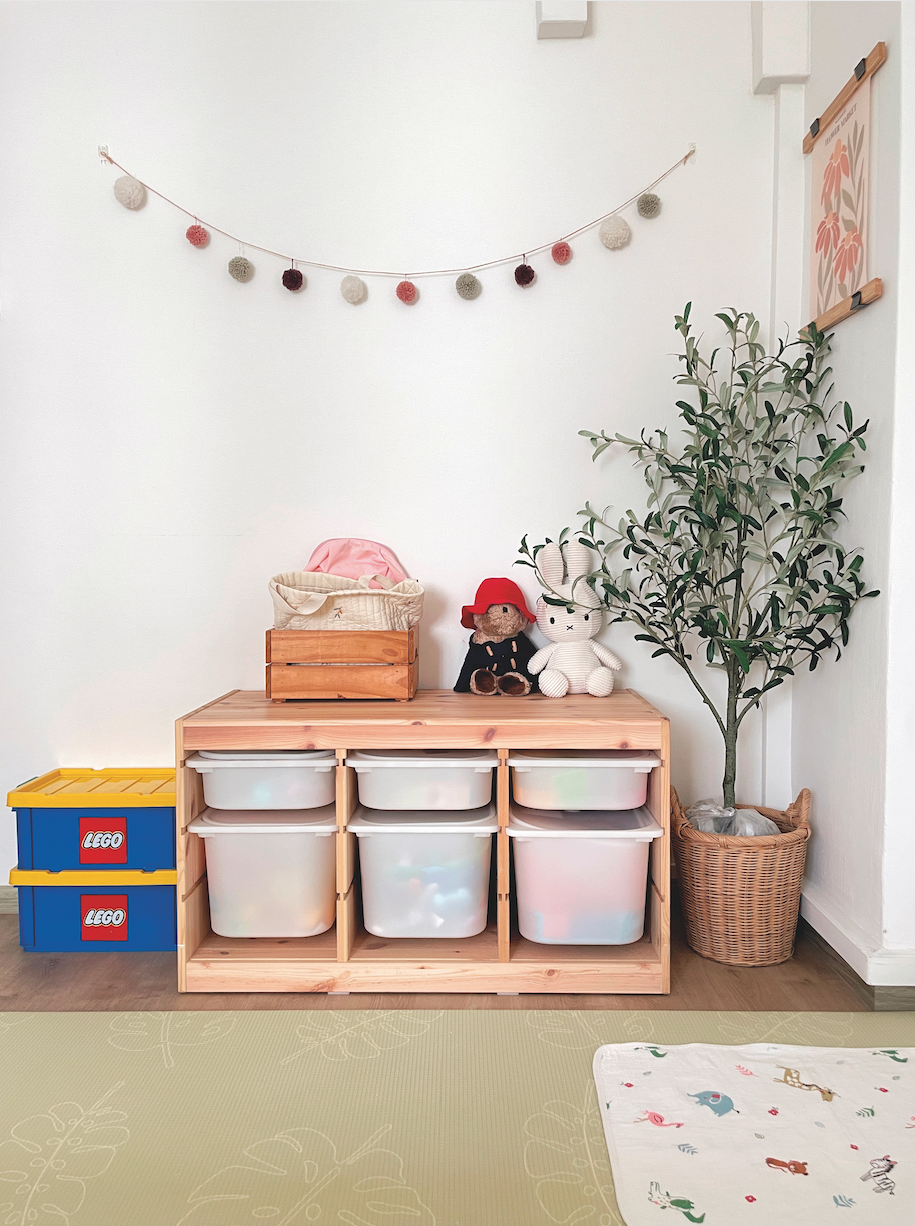
Families often need a lot of storage. How did you tackle the challenge of creating enough storage solutions that are both functional and fit your home’s aesthetic?
We have a variety of storage solutions in our home, consisting mainly of freestanding furniture pieces and aesthetically pleasing boxes. We ensure they are cohesive and match our home’s colour palette, allowing them to be displayed prominently and accessed easily when needed.
One tip for enhancing the appearance of ‘ordinary’- looking storage is to commit to a style. This approach helps manage clutter and introduces an element of organisation and flair. For instance, when selecting storage boxes, consider choosing from the same series and similar sizes, if possible. The market offers many options and attractive colour schemes! Storage boxes can be styled in numerous fun ways: opt for a tone-on-tone look by choosing different shades of the same colour, select adjacent colours for a cohesive appearance, or create a striking contrast with complementary colours.
Ultimately, the goal is to find a storage solution that suits your family’s needs, budget, and the items you have, while also making your space feel inviting and well-organised.
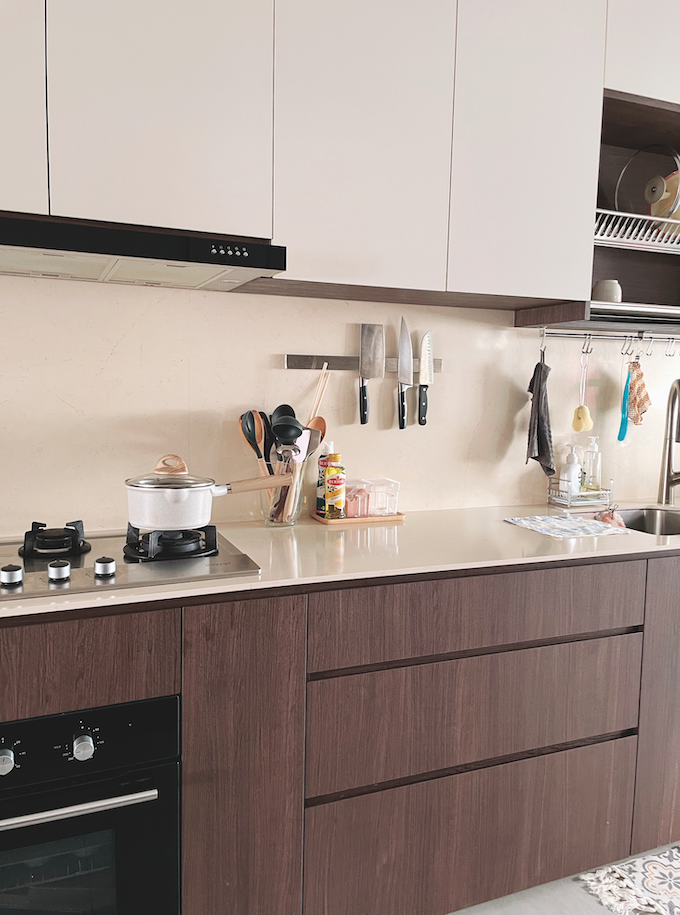
How did you ensure your home could adapt to the changing needs of your family over time?
Flexibility is key for us. Interestingly, we have minimal built-ins in our home. We don’t even have any in our living room! This allows us to rearrange our living space according to our needs. We have experimented with various layouts over the years, each giving a fresh look and feel to the space.
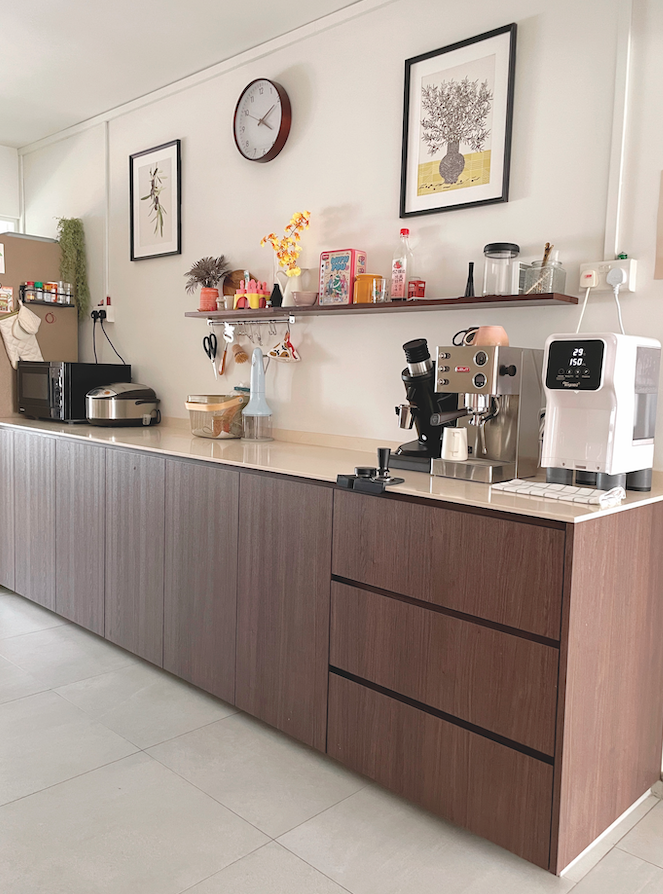
Based on your experiences, what advice would you give to others looking to create a home designed for building a family together?
Remember, your home is for your family; therefore, design it to cater to your unique needs. It’s crucial to consider your personal preferences, habits, hobbies, and the lifestyle you envision at home.
A mindset that has helped us tremendously is that a home is created when you can truly relax, feel safe and enjoy being in a space. As seasons change, so will your needs – this means that your home will always be a work in progress. Embrace this process and enjoy watching your space grow together with your family.



